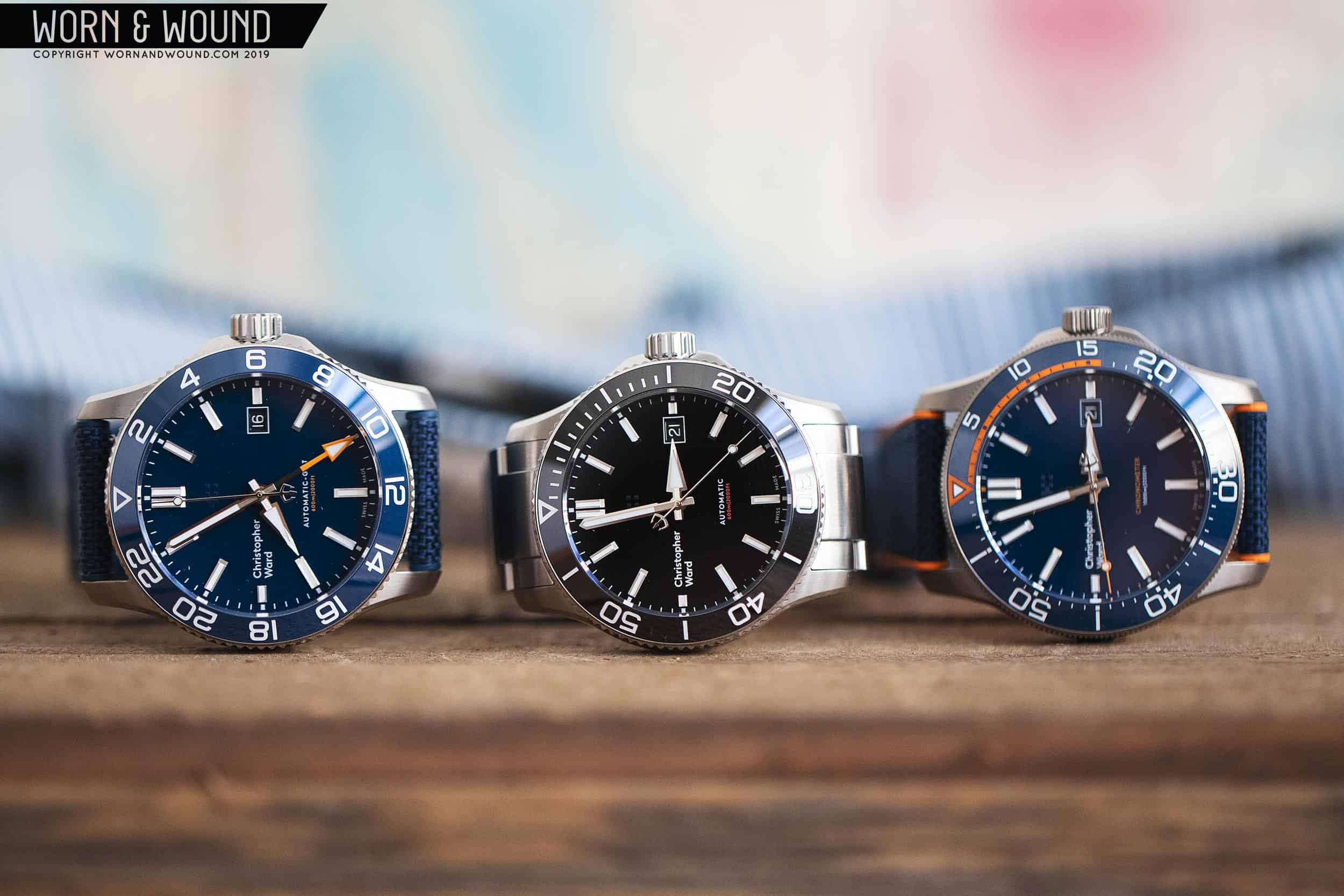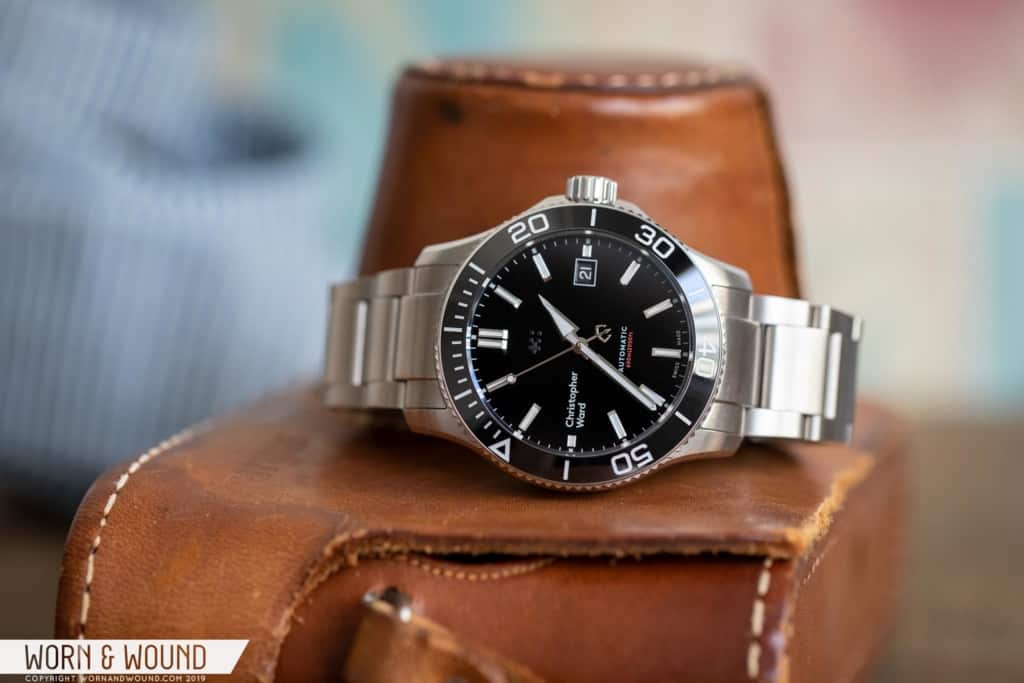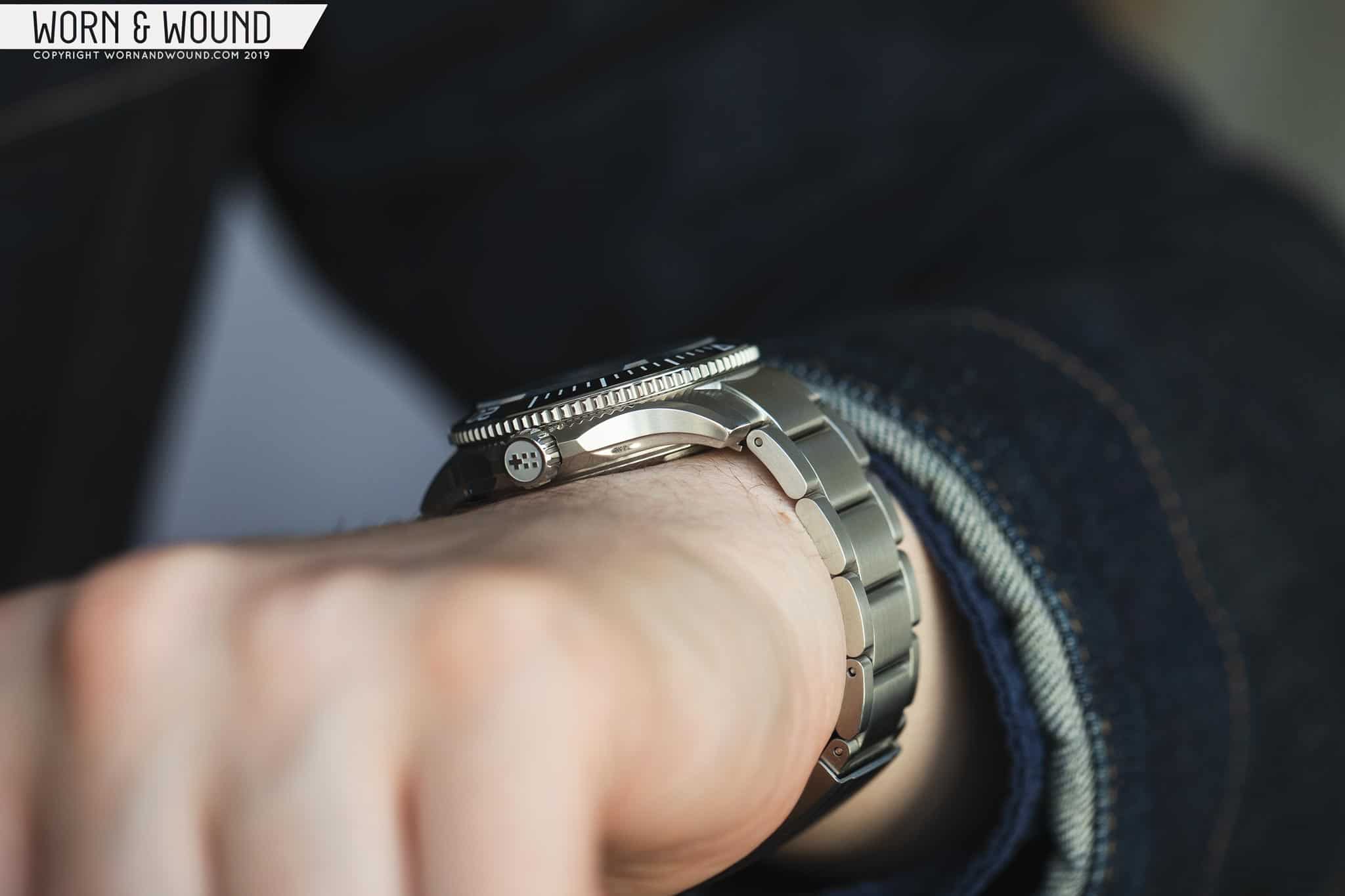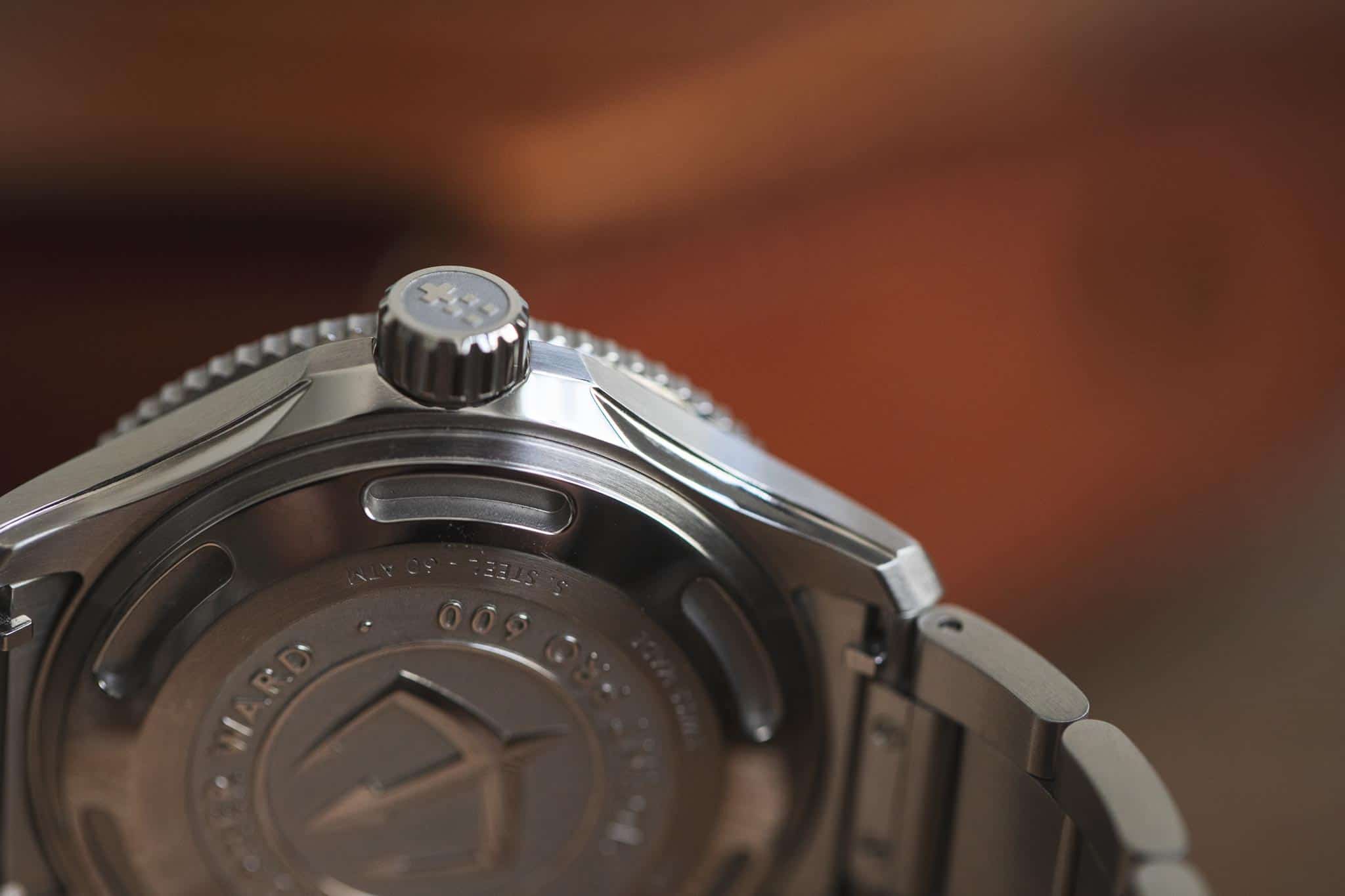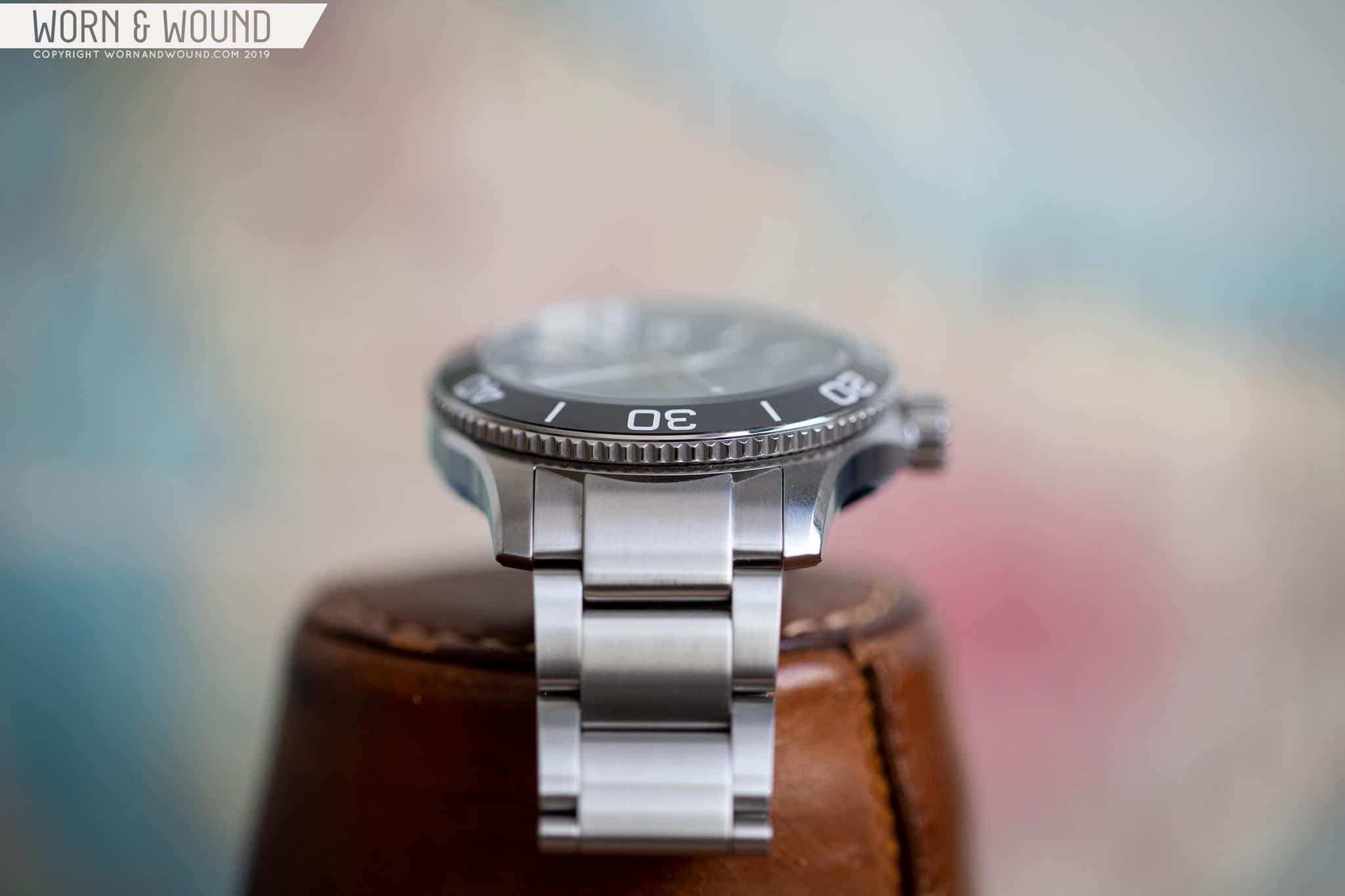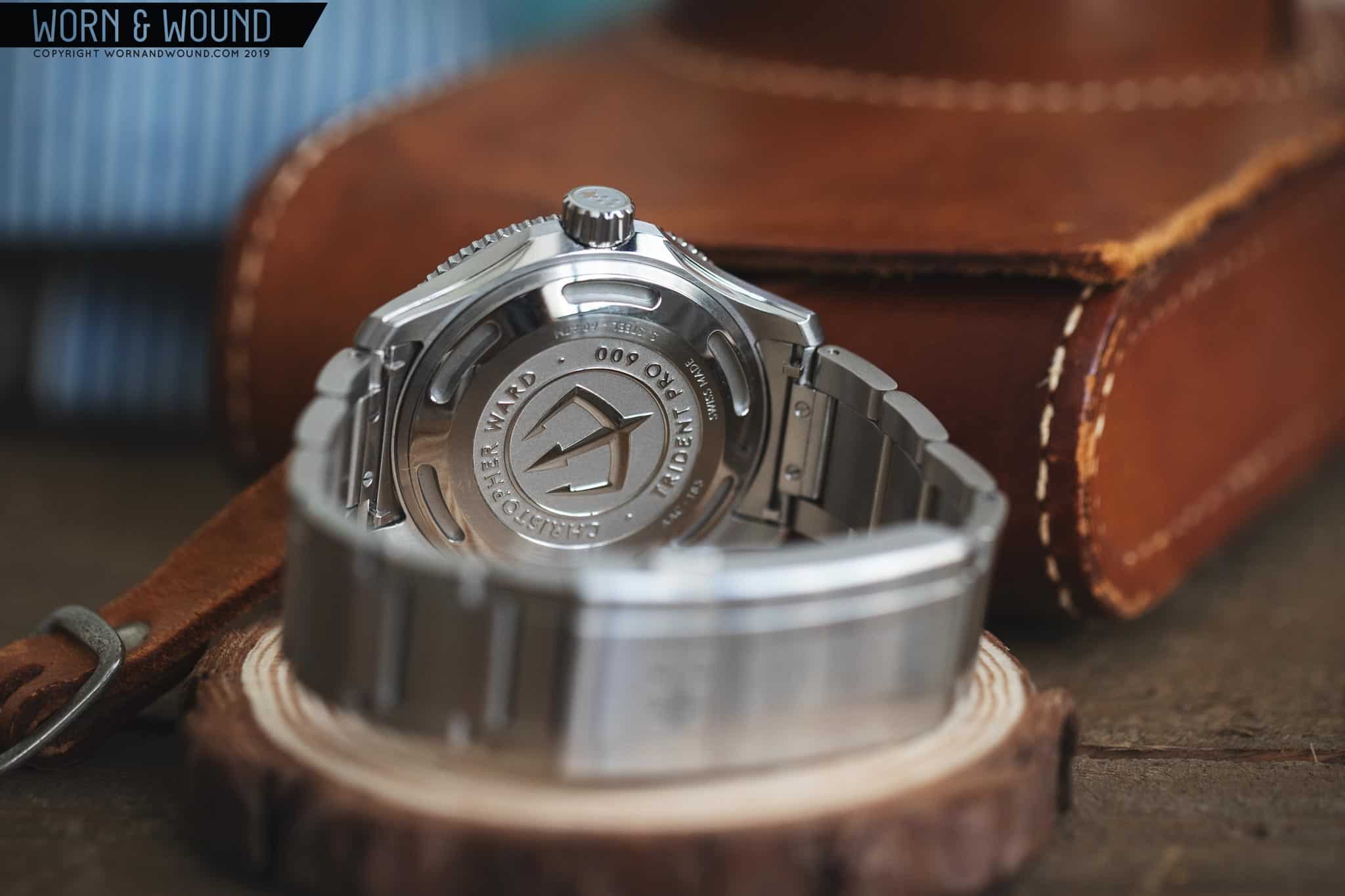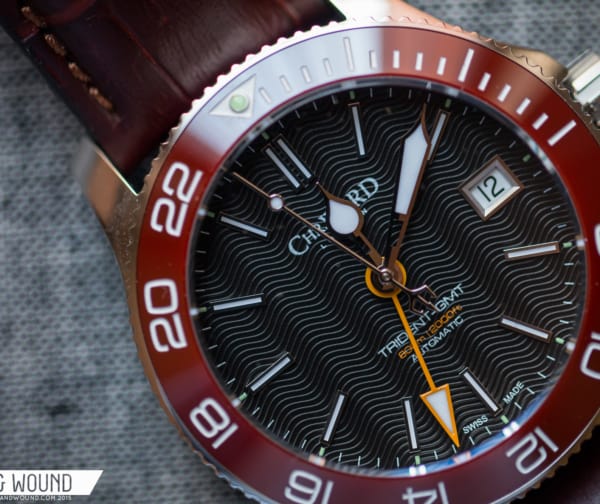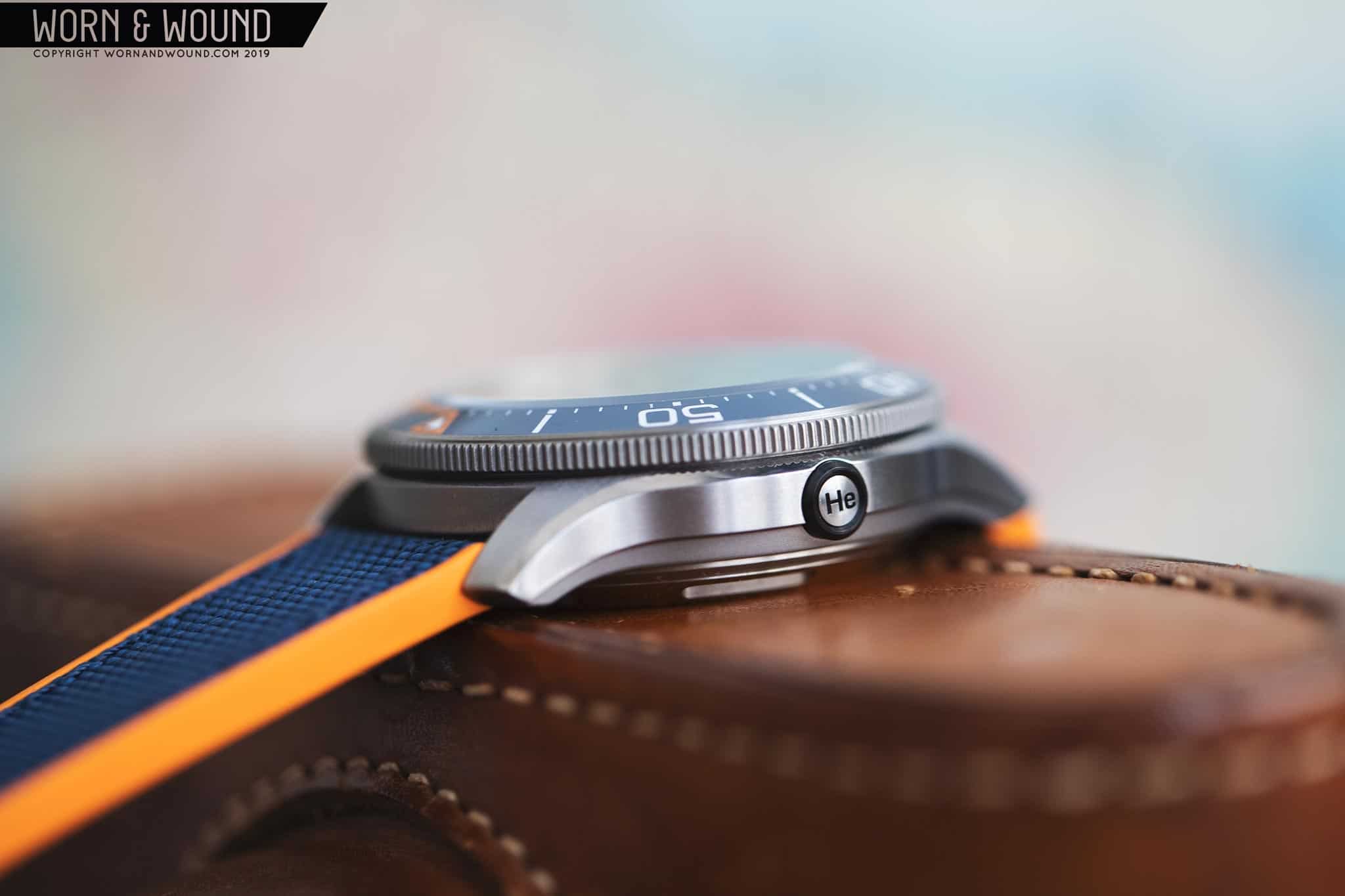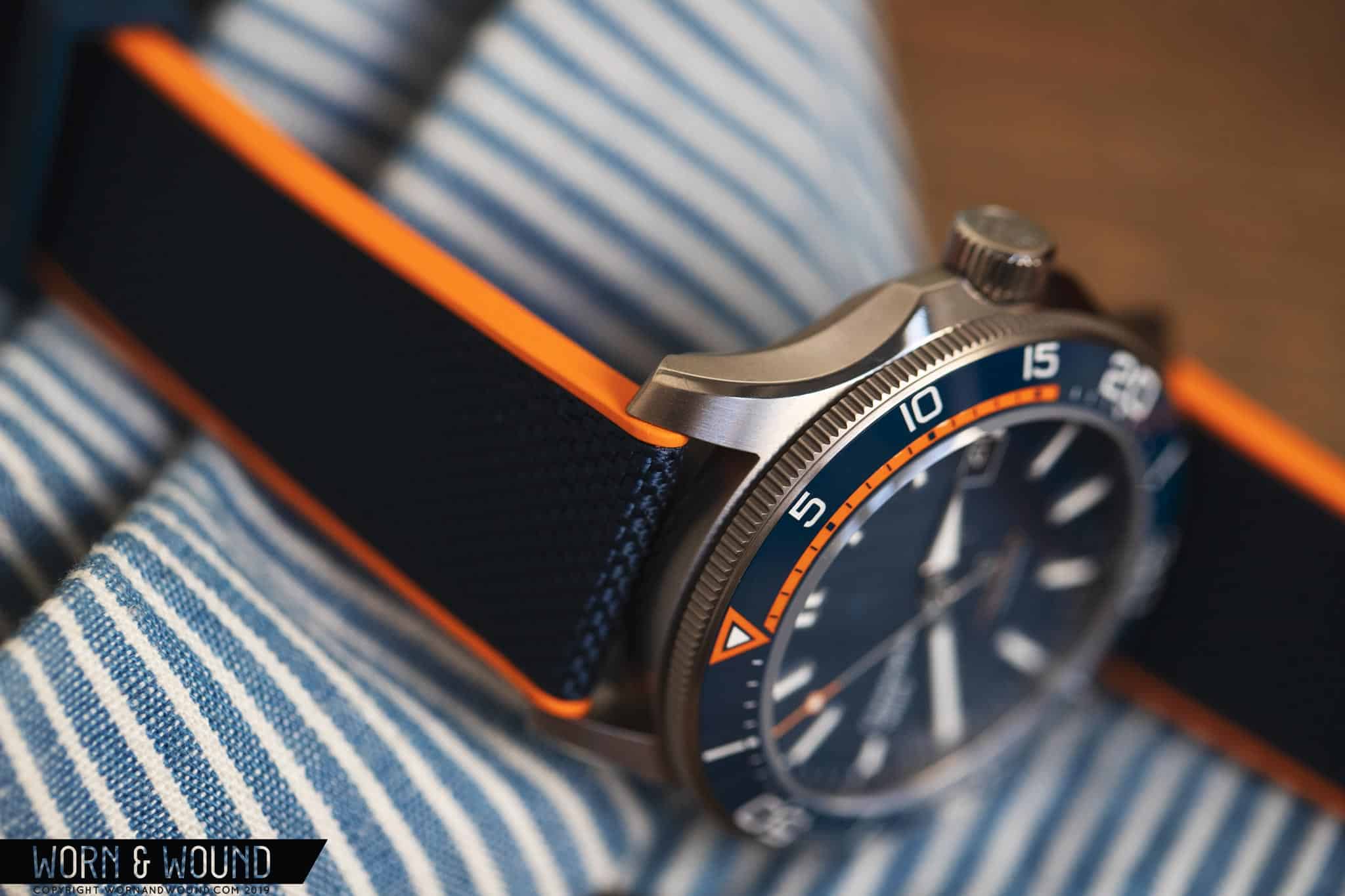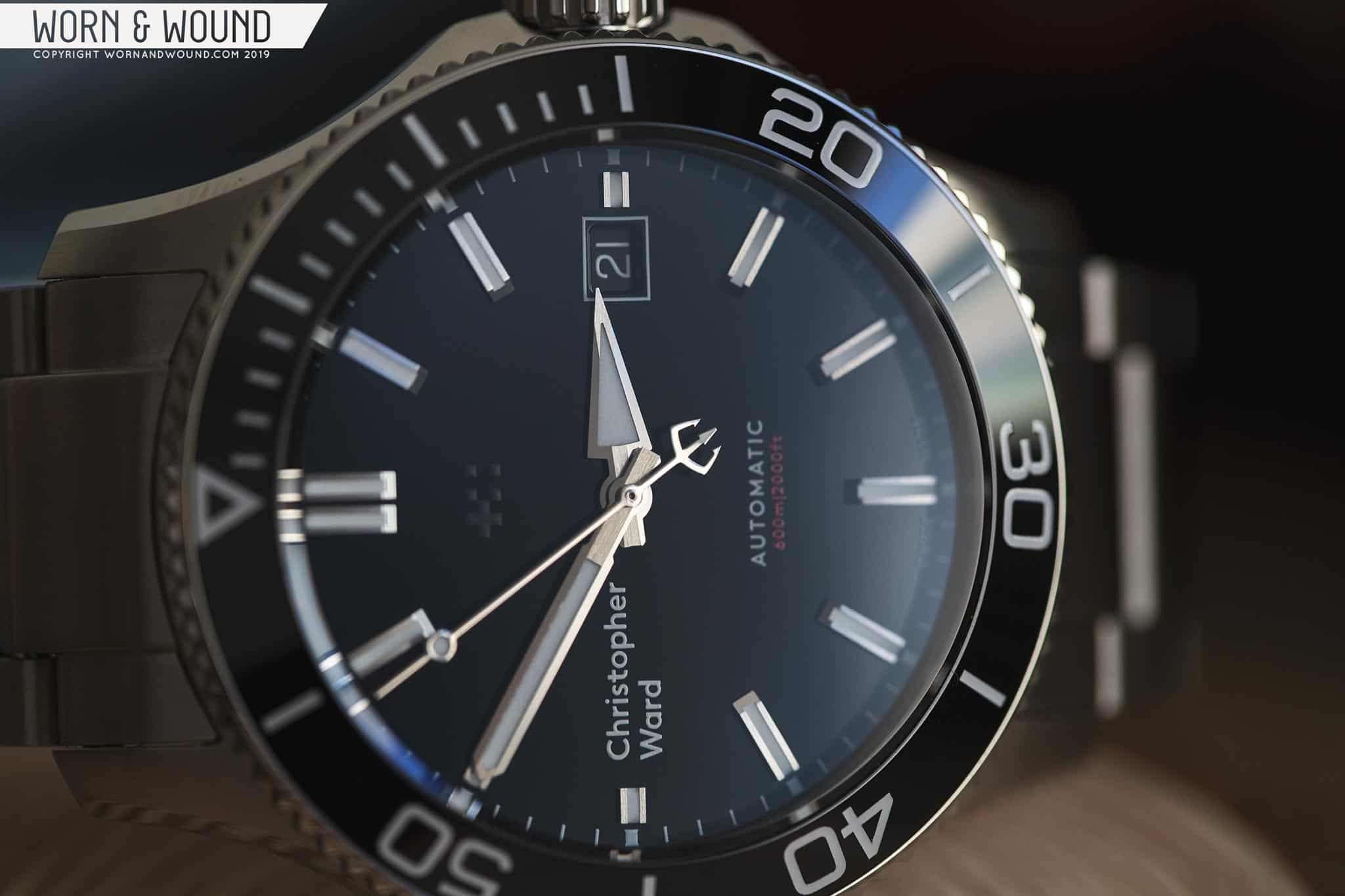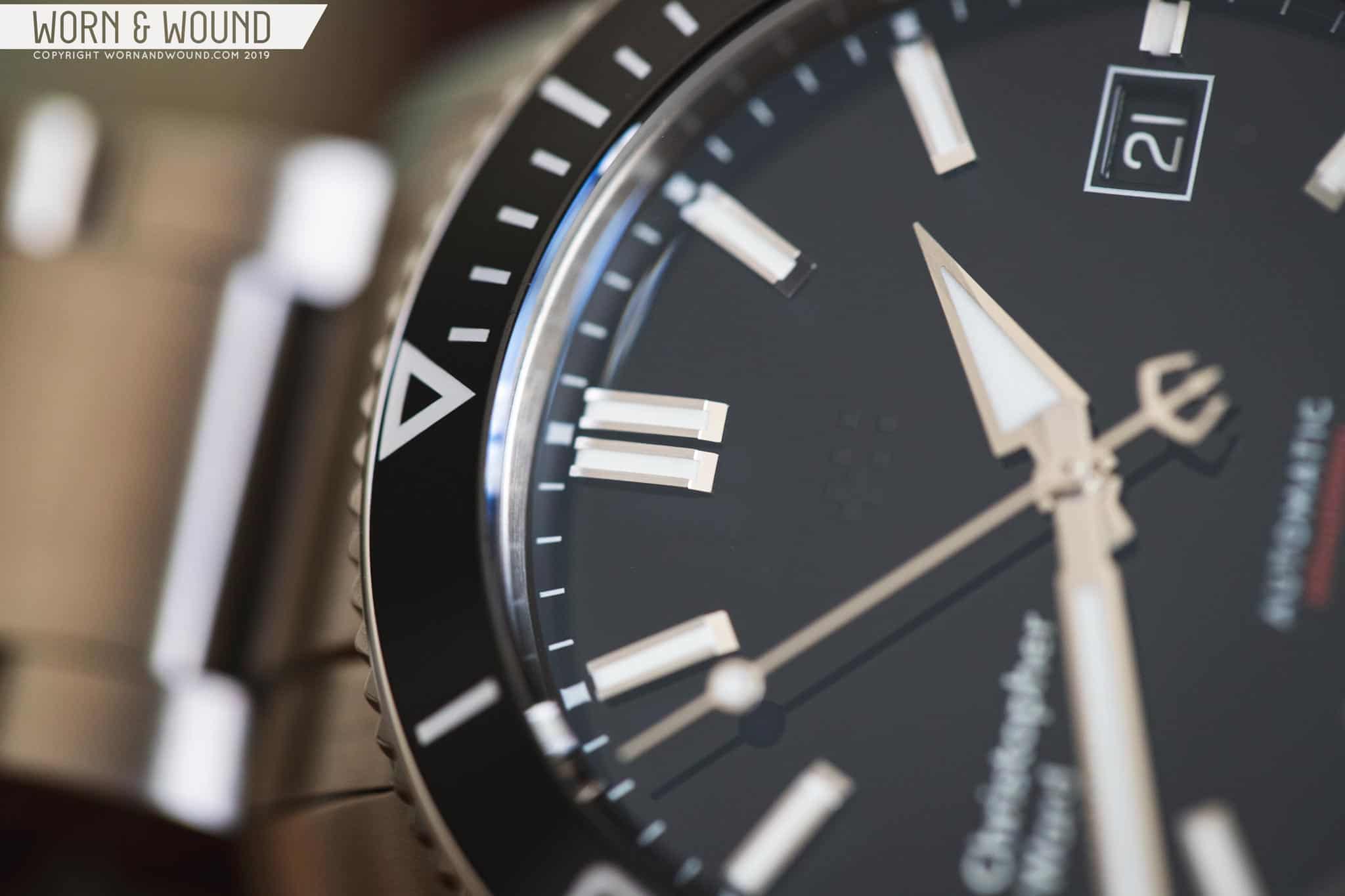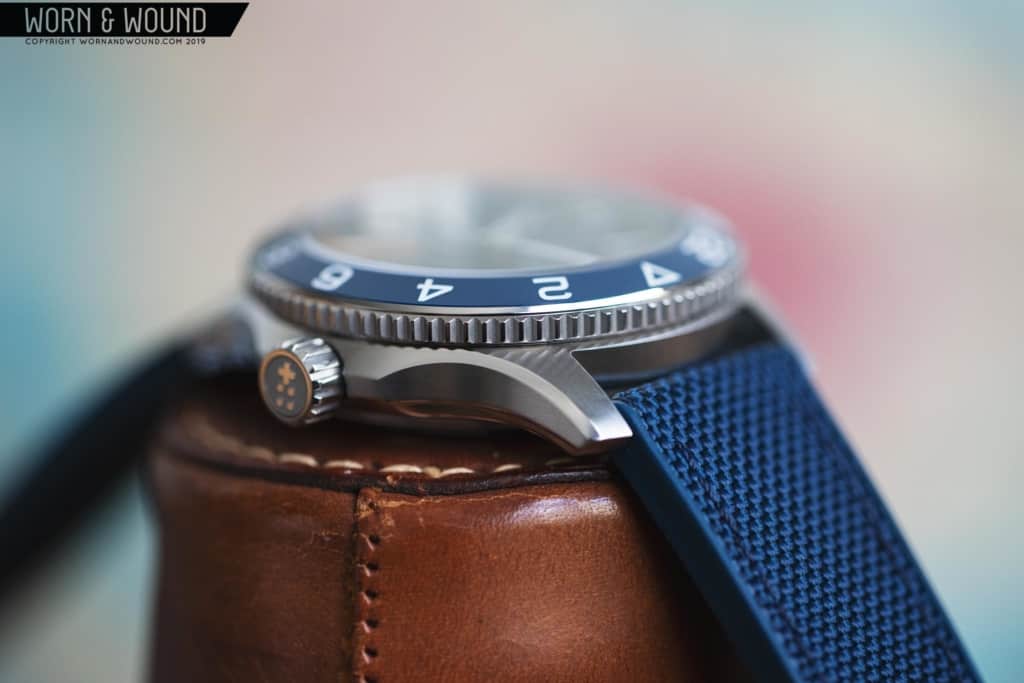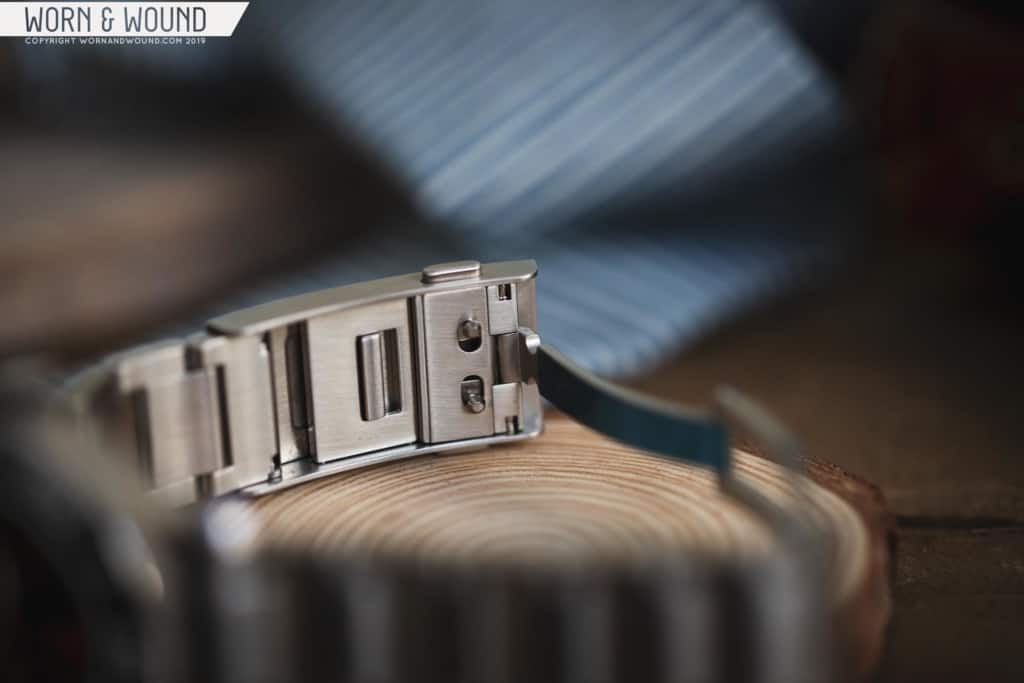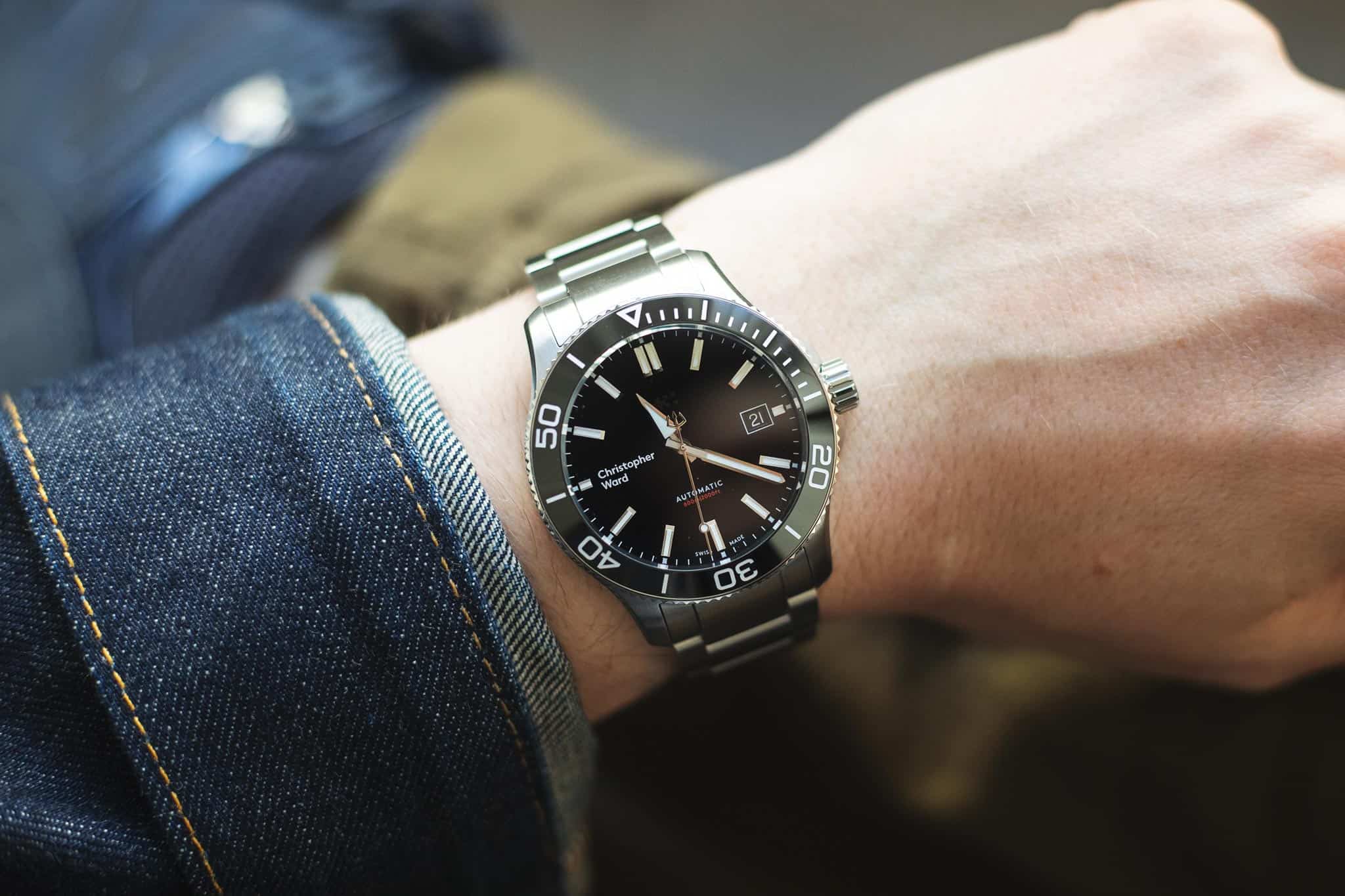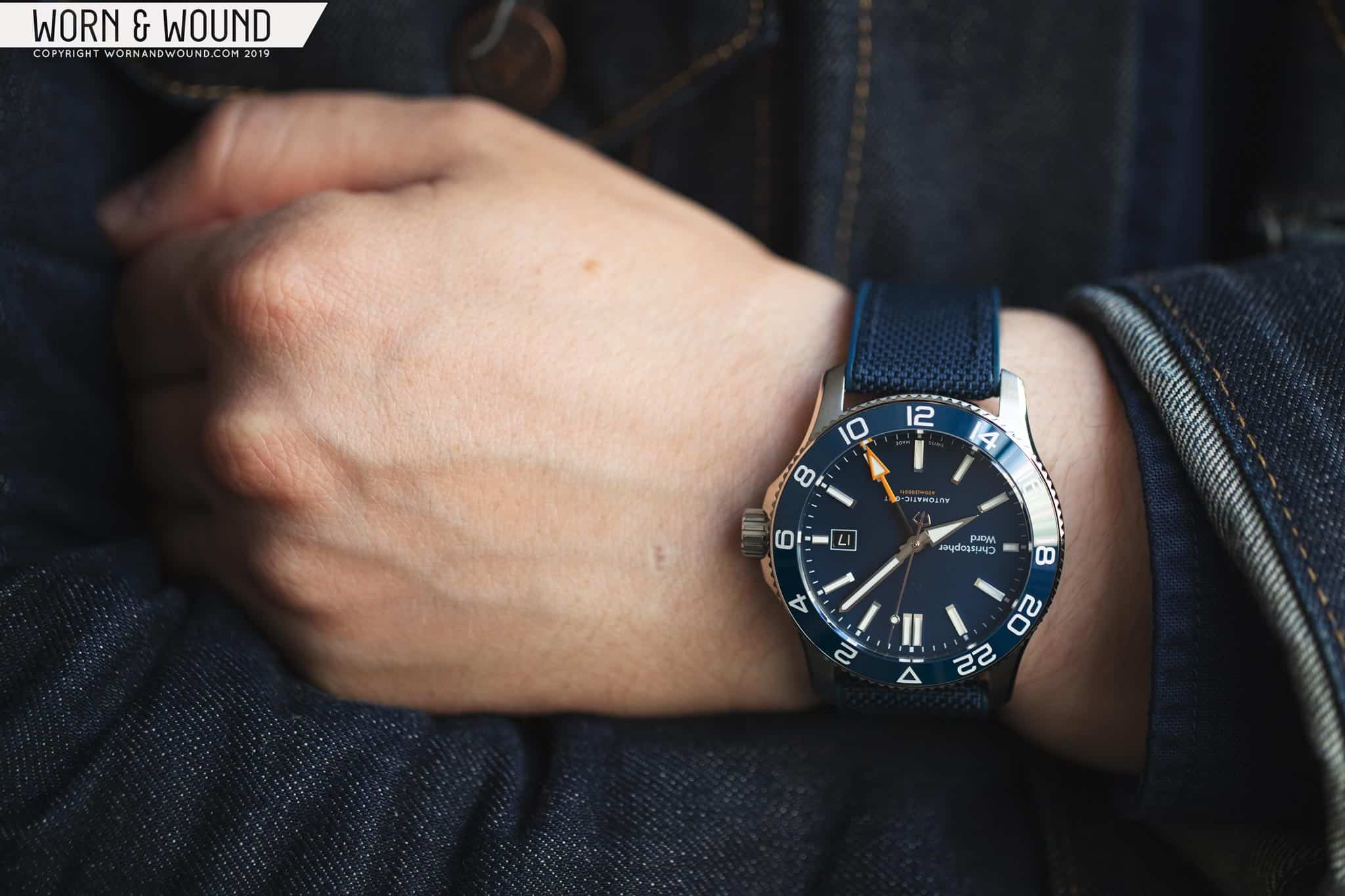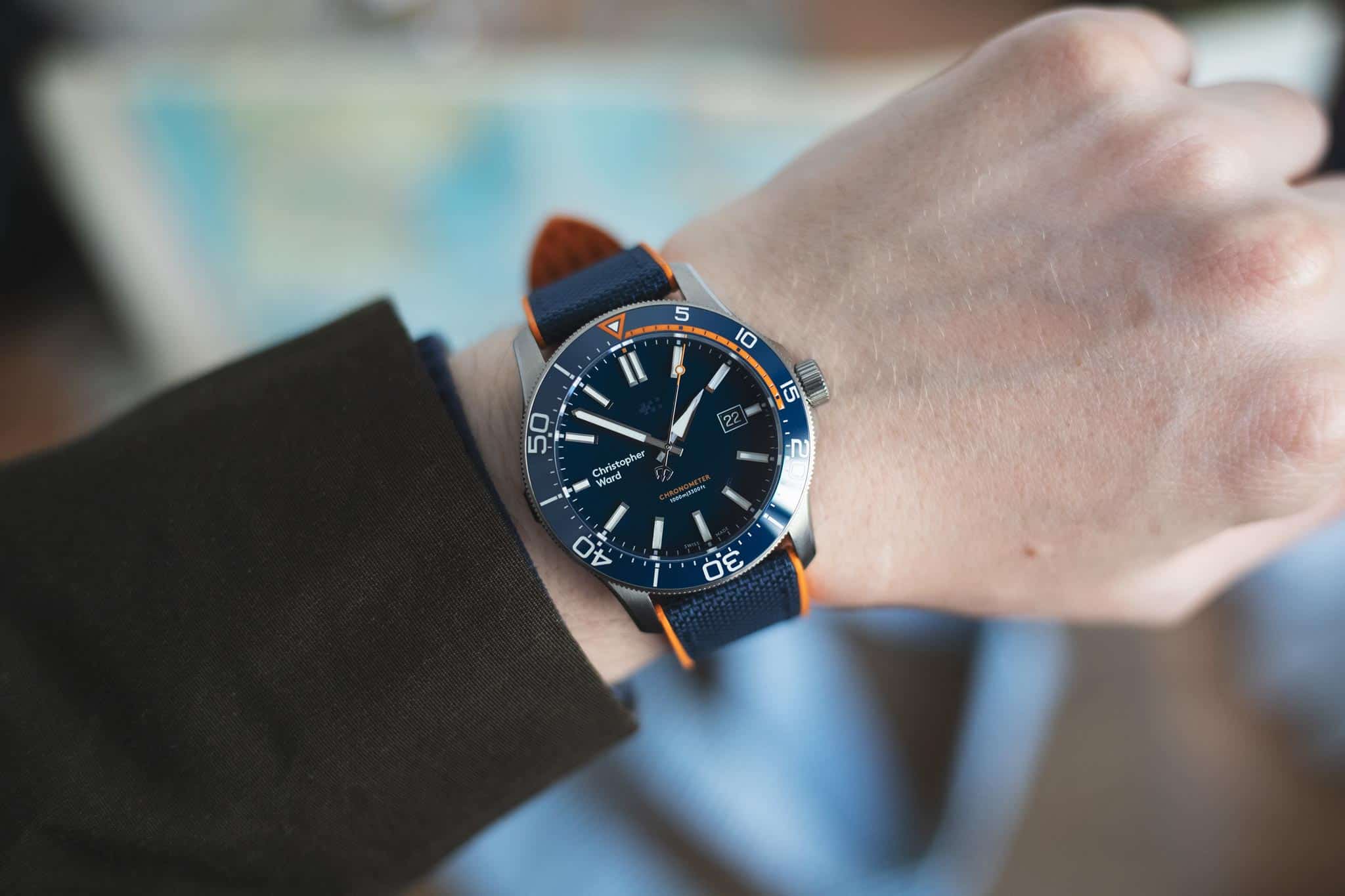Most of the well-established watch houses out there have a core watch or collection in their catalog, something that sells reliably, pops to mind when the brand is mentioned, and in some way even defines the brand’s general values. For UK’s Christopher Ward, the C60 Trident watches are certainly that collection. Over the last decade, the C60 Trident collection has remained an affordable, approachable, and appealing line of dive watches that serve as an independent alternative to more mainstream, Swiss-made brands and watches.
Now in their third iteration, the C60 Tridents have continued to evolve to meet the growing demand by the ever-more-educated watch enthusiast for higher quality, higher-spec watches. In V2, Christopher Ward had introduced an impressive 600m water resistance as the standard (for the mechanical models), and also began working with ceramic bezels. For V3, both features are standard, but now the bezels are also fully-lumed, a 40mm case was added, a new titanium 1000m limited edition tops off the line, and the watch went through a general aesthetic overhaul, particularly on the case. While some of the original DNA is still there, V3 has come a long way from V1.
With that said, one of the most important aspects of the Tridents has remained largely unchanged from the previous version: the price. It’s often just accepted that a new version means a price increase. After all, there is likely new tooling and, as is the case here, higher-end specifications. And there is simply the fact that the cost of materials and manufacturing generally only goes one way. For Christopher Ward to maintain their previous pricing is a bold move that will certainly please their fans and makes the watches all the more compelling.
In this review, I’ll be focusing on the black 40mm C60 Trident Pro as it’s the newest case size and likely to be one of the more popular varieties of the Trident, but I will also take some short detours to the 42mm GMT and the 1000m Elite models. On the bracelet, the C60 Trident Pro is $910 and features a sapphire crystal, ceramic bezel, Sellita SW200-1 automatic movement, and X1-grade Super-LumiNova. The C60 Trident GMT 600 on a “Hybrid” strap is $1,020 and the C60 Trident Elite 1000 is $1,425.




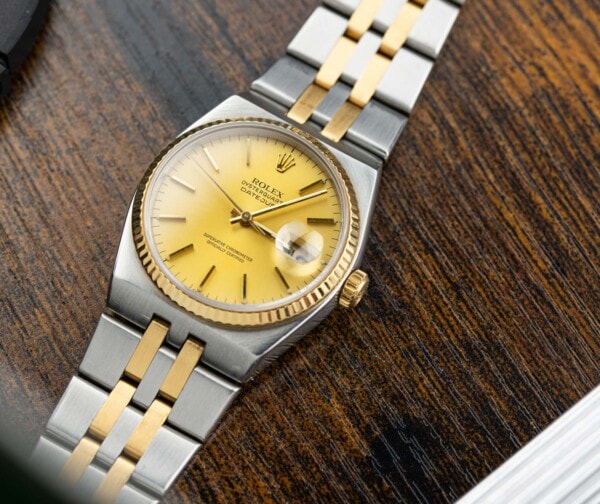




 Featured Videos
Featured Videos




